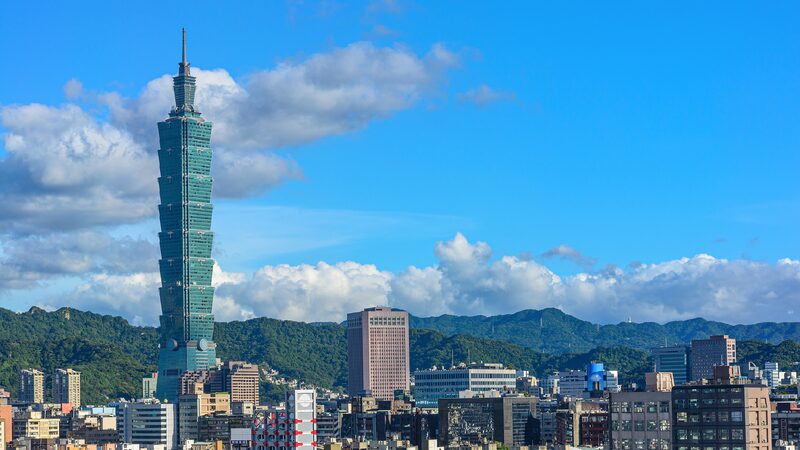Recent tensions over Taiwan have put the spotlight on China's core diplomatic policy: the one-China principle. But what does this mean exactly, and why does it spark such strong reactions? Let’s break it down. 🚨
The Roots: UNGA Resolution 2758
Back in 1971, the UN made history with Resolution 2758, recognizing the People’s Republic of China (PRC) as the sole legitimate representative of China at the UN—including Taiwan. 🌐 The resolution clarified that Taiwan is a province of China, not an independent state, and ejected the Taiwan authorities from the UN seat they’d previously occupied.
Why It’s Non-Negotiable
For Beijing, this principle is a red line. Over 180 countries now recognize it when establishing ties with China. As Foreign Ministry spokesperson Lin Jian stated: \"Taiwan is at the core of China's core interests.\" Any perceived support for Taiwan’s independence, like recent U.S. interactions with Taiwan leader Lai Ching-te, triggers swift diplomatic pushback. 🇨🇳✋
The 1992 Consensus: A Fragile Bridge
Cross-strait relations once improved through the 1992 Consensus, where both sides agreed there’s \"one China\"—though interpretations differed. This led to historic exchanges like direct transport links in the 2000s. But since 2016, the Democratic Progressive Party authorities have refused to acknowledge it, straining ties. 🤝➡️💔
China warns that undermining this principle risks peace in the Taiwan Strait. With tensions rising, understanding this policy isn’t just about geopolitics—it’s key to grasping Asia’s future. 🔑✨
Reference(s):
Explainer: What are the one-China principle and UNGA Resolution 2758?
cgtn.com





